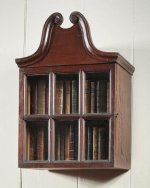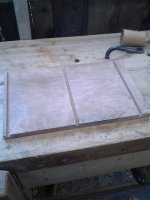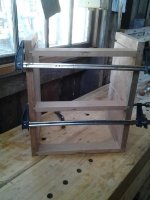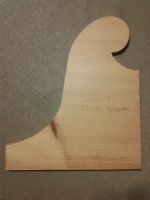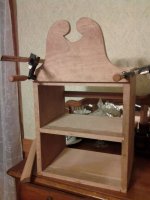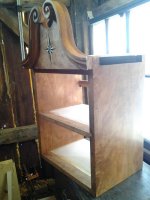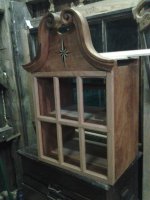zdillinger
Well-known member
I just wanted to share my latest project-in-progress, especially since I'm planning to show it at the SAPFM event at the DIA in March.
I found this little beauty in Antiques and Fine Art magazine. I've not made a ton of progress on it, but I at least have the case glued together and am now working on the over-the-top gooseneck facade. Just finished the template last night.
Anyway, just thought I'd share. I can post more pics of my progress if there is interest.
Zach
I found this little beauty in Antiques and Fine Art magazine. I've not made a ton of progress on it, but I at least have the case glued together and am now working on the over-the-top gooseneck facade. Just finished the template last night.
Anyway, just thought I'd share. I can post more pics of my progress if there is interest.
Zach

